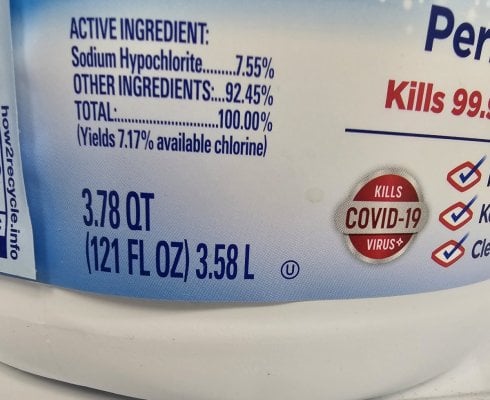- Joined
- Feb 20, 2020
- Messages
- 239
- Reaction score
- 212
Ahoy all, I'm in the process of upgrading to a larger tank. I am not in any huge hurry to take down the smaller display tank. As I'll be purchasing additional fish for the larger tank, some of which are notoriously not great with unestablished QT tanks like wrasse, I was thinking that after moving my current fish to the larger tank, I could use my established smaller reef tank as an observation/QT tank before moving them into their final homes. Am I overlooking anything in assuming I could do that? I know the live rock and sand would interfere with copper treatment. I was thinking that I could just hold off on copper treatment and observe for the QT period and skip it assuming that over the 45ish days at 81 degrees there is no sign of marine ich/velvet/flukes etc. Am I correct in assuming that diseases would present in that period of time, or is it possible that it could go unnoticed? I would still treat for internal parasites and ailments without the rock/sand being an issue. The second concern is that if that is all feasible, I'd be doing multiple batches of quarantine as not all of my stocking plan would take kindly to sharing a 30 gallon tank. Assuming the first fish are healthy and move to the larger tank, would I need to let the QT tank remain fallow before bringing in the next fish?
I quarantine corals without any issue, but I'm a little hesitant to attempt to QT in a fresh uncycled bare bottom tank, I feel as though mortality would be equally likely from disease as from a mistake on my part. I typically buy fish pre quarantined, but some species this time around are either unavailable or prohibitively expensive.
Thanks for sanity checking my plan and contributing thoughts/ideas
I quarantine corals without any issue, but I'm a little hesitant to attempt to QT in a fresh uncycled bare bottom tank, I feel as though mortality would be equally likely from disease as from a mistake on my part. I typically buy fish pre quarantined, but some species this time around are either unavailable or prohibitively expensive.
Thanks for sanity checking my plan and contributing thoughts/ideas





















